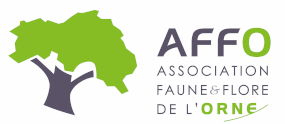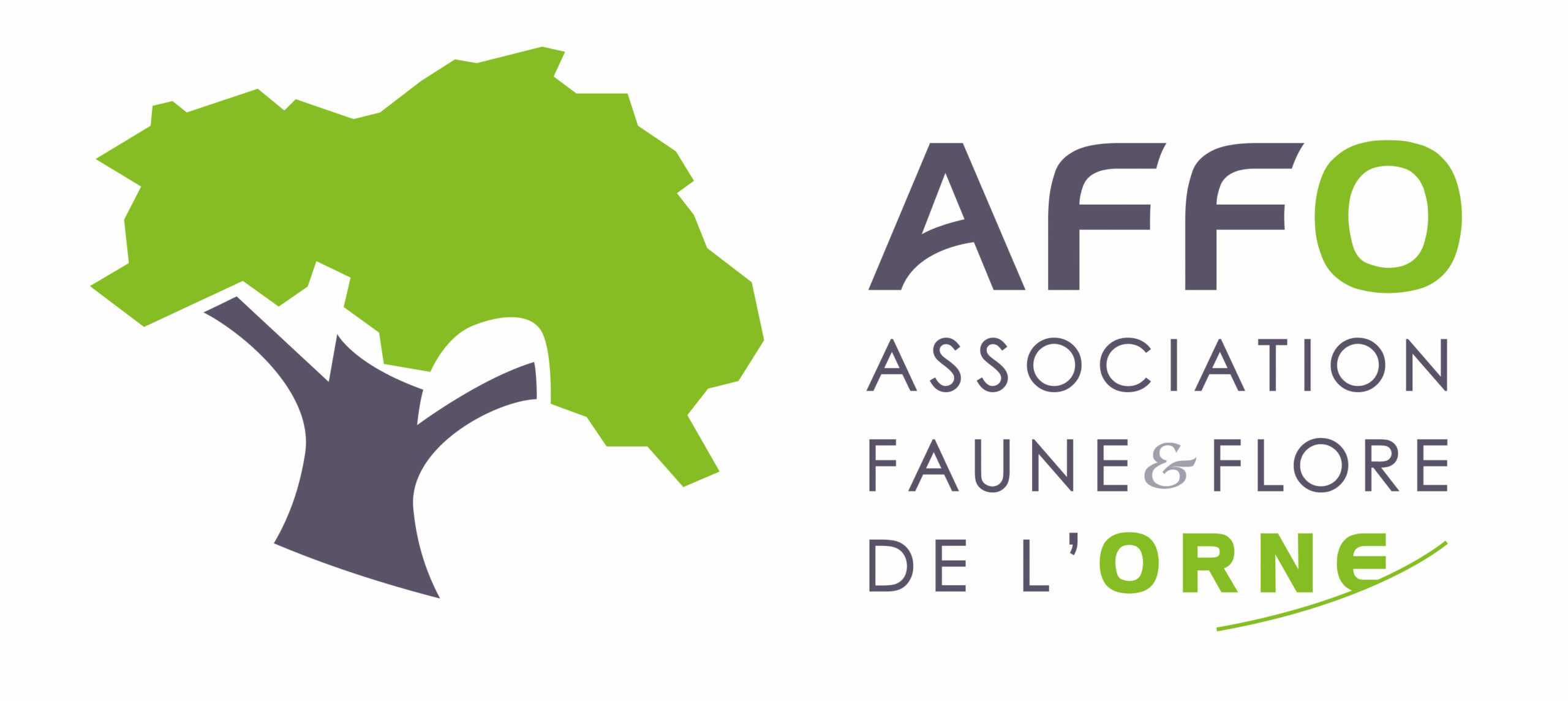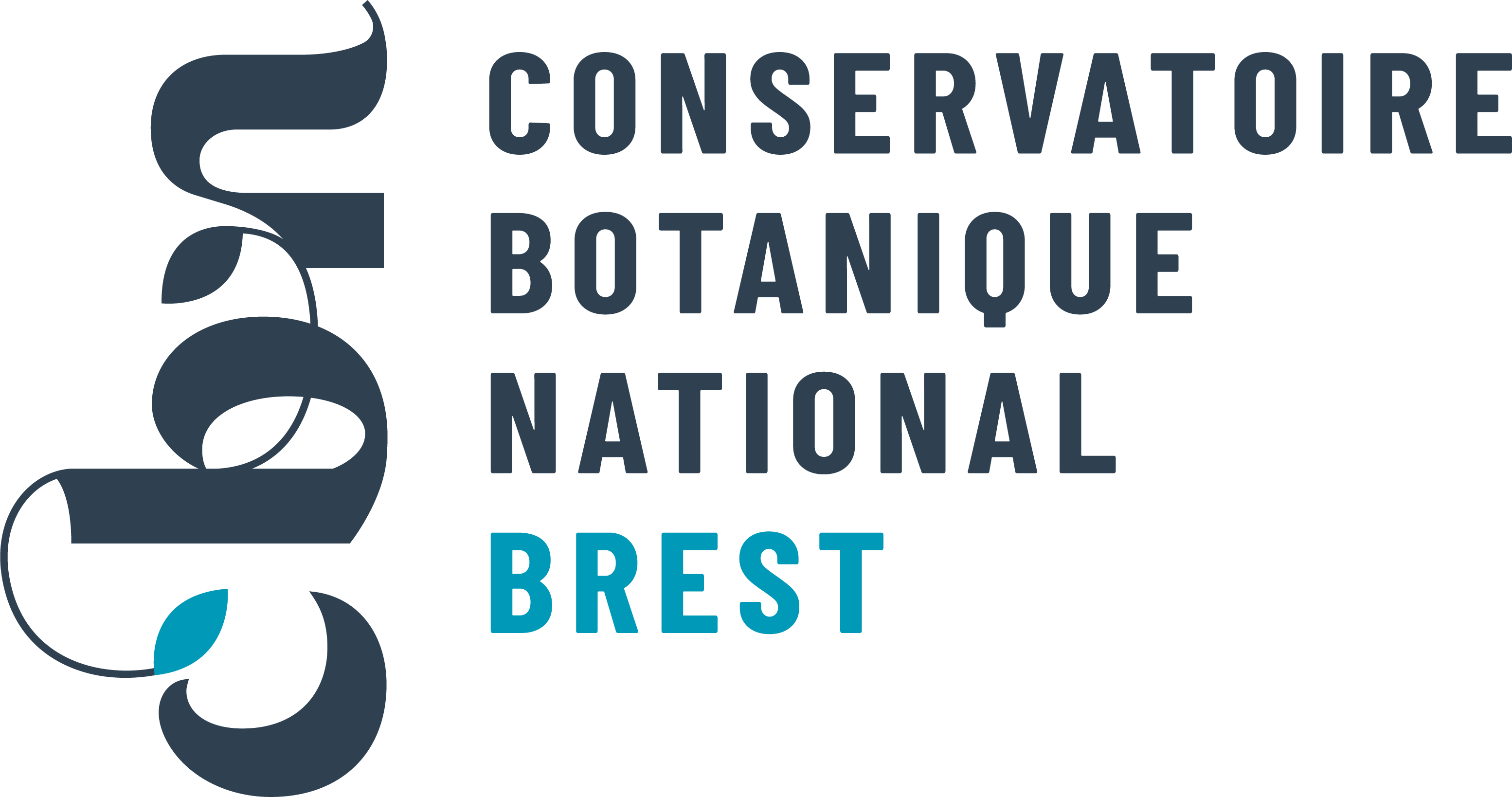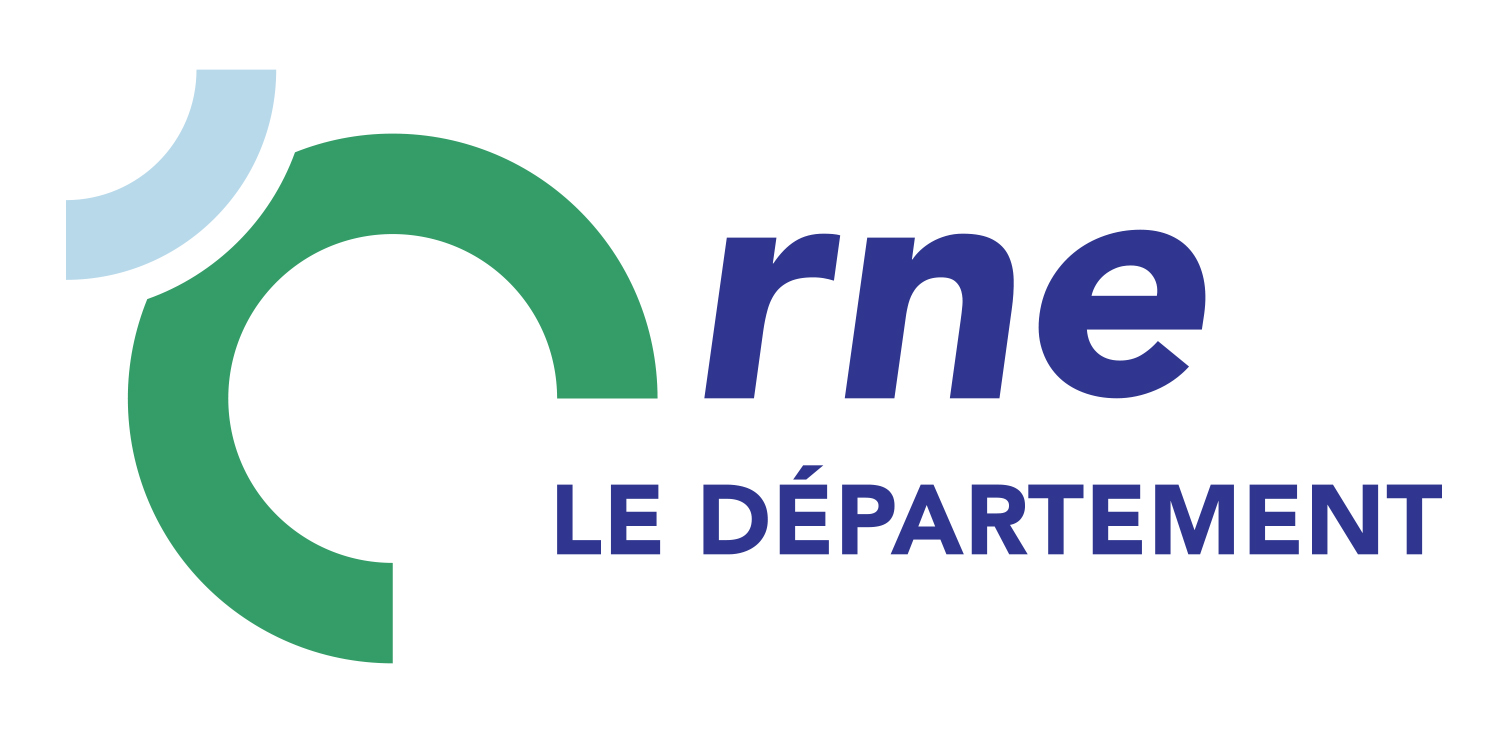Viorne obier
Viburnum opulus L., 1753
Où cette espèce a-t-elle été observée ?
 Attention : cette espèce peut être présente où il n’y a pas de maille, mais à ce jour elle n’y a pas encore été observée.
Attention : cette espèce peut être présente où il n’y a pas de maille, mais à ce jour elle n’y a pas encore été observée.
- 413 observations
-
106
communes -
64
observateurs
12
organismes -
Première observation
1900 -
Dernière observation
2025
Appenai-sous-Bellême - Arcisses - Argenvilliers - Authon-du-Perche - Bazoches-sur-Hoëne - Beaulieu - Beaumont-les-Autels - Belforêt-en-Perche - Belhomert-Guéhouville - Bellavilliers - Bellou-le-Trichard - Berd'huis - Béthonvilliers - Bizou - Bonsmoulins - Bretoncelles - Champeaux-sur-Sarthe - Champrond-en-Perchet - Chapelle-Guillaume - Chapelle-Royale - Charbonnières - Charencey - Chassant - Chemilli - Combres - Corbon - Coudray-au-Perche - Coulimer - Courgeon - Courgeoût - Cour-Maugis sur Huisne - Crulai - Dame-Marie - Digny - Feings - Fontaine-Simon - Frazé - Happonvilliers - Irai - Jaudrais - La Bazoche-Gouet - La Chapelle-Fortin - La Croix-du-Perche - La Ferté-Vidame - La Madeleine-Bouvet - Lamblore - La Mesnière - La Puisaye - La Ventrouze - Le Mage - Le Pin-la-Garenne - Les Aspres - Les Étilleux - Les Genettes - Les Menus - Les Ressuintes - L'Hôme-Chamondot - Loisail - Longny les Villages - Louvilliers-lès-Perche - Luigny - Manou - Marolles-les-Buis - Mauves-sur-Huisne - Miermaigne - Montgaudry - Montireau - Mortagne-au-Perche - Moulhard - Moutiers-au-Perche - Nogent-le-Rotrou - Nonvilliers-Grandhoux - Parfondeval - Perche en Nocé - Pervenchères - Rémalard en Perche - Réveillon - Rohaire - Sablons sur Huisne - Saint-Aquilin-de-Corbion - Saint-Aubin-de-Courteraie - Saint-Cyr-la-Rosière - Saint-Denis-sur-Huisne - Sainte-Céronne-lès-Mortagne - Saint-Germain-de-la-Coudre - Saint-Germain-de-Martigny - Saint-Germain-des-Grois - Saint-Hilaire-le-Châtel - Saintigny - Saint-Jouin-de-Blavou - Saint-Mard-de-Réno - Saint-Martin-des-Pézerits - Saint-Martin-du-Vieux-Bellême - Saint-Ouen-de-Sécherouvre - Saint-Pierre-la-Bruyère - Saint-Quentin-de-Blavou - Saint-Victor-de-Buthon - Senonches - Soligny-la-Trappe - Souancé-au-Perche - Thiron-Gardais - Tourouvre au Perche - Val-au-Perche - Vaunoise - Vichères - Villiers-sous-Mortagne
-
Association Faune & Flore de l'Orne (AFFO)
Participation à 171 Observations
Part d'aide à la prospection : 41.40 %
Fiche organisme
-
Conservatoire Botanique National de Brest (CBNB)
Participation à 125 Observations
Part d'aide à la prospection : 30.27 %
Fiche organisme
-
Conservatoire botanique national du Bassin parisien (CBNBP)
Participation à 112 Observations
Part d'aide à la prospection : 27.12 %
Fiche organisme
-
PNR et géoparc mondial UNESCO Normandie-Maine
Participation à 110 Observations
Part d'aide à la prospection : 26.63 %
Fiche organisme
-
PNR du Perche
Participation à 47 Observations
Part d'aide à la prospection : 11.38 %
Fiche organisme
-
UMS PatriNat (OFB-CNRS-MNHN)
Participation à 36 Observations
Part d'aide à la prospection : 8.72 %
Fiche organisme
-
Institut floristique franco-belge (IFFB)
Participation à 17 Observations
Part d'aide à la prospection : 4.12 %
Fiche organisme
-
Institut national de l'information géographique et forestière (IGN)
Participation à 17 Observations
Part d'aide à la prospection : 4.12 %
Fiche organisme
-
Conseil départemental de l'Orne (bureau ENS)
Participation à 11 Observations
Part d'aide à la prospection : 2.66 %
Fiche organisme
-
Ministère de la Transition écologique et de la Cohésion des territoires
Participation à 7 Observations
Part d'aide à la prospection : 1.69 %
Fiche organisme
-
Système mondial d’information sur la biodiversité (GBIF)
Participation à 2 Observations
Part d'aide à la prospection : 0.48 %
Fiche organisme
Informations espèce
Source : Biodiv'Écrins, Parc national des Écrins
G1.2133 : Ponto-Pannonic tall herb ash-alder woods
G1.2234 : Getic oak-elm-ash forests
G1.314 : Italic poplar galleries
G1.3611 : Western Pontic white poplar galleries
G1.3612 : Western Pontic white-black poplar galleries
G1.3621 : Danube delta periploca-poplar-oak-ash galleries
Répartition actuelle en France métropolitaine
© INPN - Avertissement : les données visualisables reflètent l'état d'avancement des connaissances et/ou la disponibilité des données existantes au niveau national : elles ne peuvent en aucun cas être considérées comme exhaustives.
Répartition actuelle dans le monde
Avertissement : les données visualisables reflètent l'état d'avancement des connaissances et/ou la disponibilité des données existantes au niveau mondial : elles ne peuvent en aucun cas être considérées comme exhaustives.














